Description
GeoTol Applications and Tolerance Stacks– Complete Set
The GeoTol Applications and Tolerance Stacks DVD video series is total of 17 units with 10+ hours of video and another 20 hours of student exercises and is based on the ASME Y14.5-2009 and ISO GPS standards. The GeoTol Applications and Tolerance Stacks Program is an advanced tolerance stack up course for design engineers, drafters, manufacturing engineers, quality engineers and others involved with tolerance analysis or drawing review. Anyone looking for a deeper understanding of how to apply geometric tolerancing and perform tolerance analysis will greatly benefit from this course.
Prerequisite: GeoTol Pro Fundamentals Program Level 1 and 2.
Tolerance Stack Analysis
The initial six units of this program focus exclusively on the foundational principles behind tolerance stack analysis. Students will start with linear stacks on individual components in Units 1 and 2, then advance to linear stacks in assembly contexts by Unit 3. In Unit 4, the course introduces axial stacking techniques for detail parts, with Unit 5 building on that by applying axial stacks to more complex assemblies. Unit 6 explores orientation-based tolerance stacking, which is then integrated with axial boundary assembly scenarios to provide learners with a thorough grasp of the stack up process. These concepts equip students to apply stack analysis within case study problems, verifying that designs meet their functional requirements.
Design Applications Units
Covering Units 7 through 17, the design application portion begins with a brief refresher on geometric dimensioning and tolerancing (GD&T) fundamentals in Unit 7. Students will explore introductory GD&T concepts on basic components, then progress through a range of case studies. These real-world examples will challenge students to create datum reference frames and apply geometric tolerances to diverse part types—including sheet metal, cast, turned, milled parts, and welded structures. The exercises increase in complexity with each unit. Each section begins with an overview outlining functional goals and key considerations. Some case studies provide full explanations, while others are purposefully incomplete to encourage focused learning. Once tolerancing is applied, students will complete stack analyses and tolerance reallocation exercises to confirm compliance with defined performance requirements.
How to Use This Course
This video-based program offers a flexible learning structure that allows users to tailor their educational journey. Whether you want to concentrate on tolerance stacks, design applications, or both, the course can adapt to your objectives. The stack analysis modules (Units 1–6) must be completed in sequential order, while the application units (7–17) are designed to be tackled in any sequence—whether based on part type or challenge level. To keep the experience dynamic and engaging, it is recommended that students alternate between stack lessons and application case studies. This rhythm offers both theoretical insight and practical reinforcement.
To solve the tolerance stacks within case studies, certain foundational units are required. These prerequisites are noted after the exercise title within both the video and the accompanying textbook, as well as at the start of each design application unit. Each exercise is supported with detailed solutions and justifications. The DVD format includes 39 clickable video links, allowing learners or instructors to jump directly to any lesson, making the interface user-friendly and accessible.
Scott and Al Neumann deliver the material in an engaging sport reporting- style presentation honed over three decades of teaching experience. The video content is modular and can be customized with company-specific examples and parts to match organizational training goals. Each unit typically takes 1 to 2 hours to complete, depending on the level of depth and student interaction. This video series is ideal for both onboarding new employees and refreshing experienced staff, making it a valuable addition to any technical training library.
